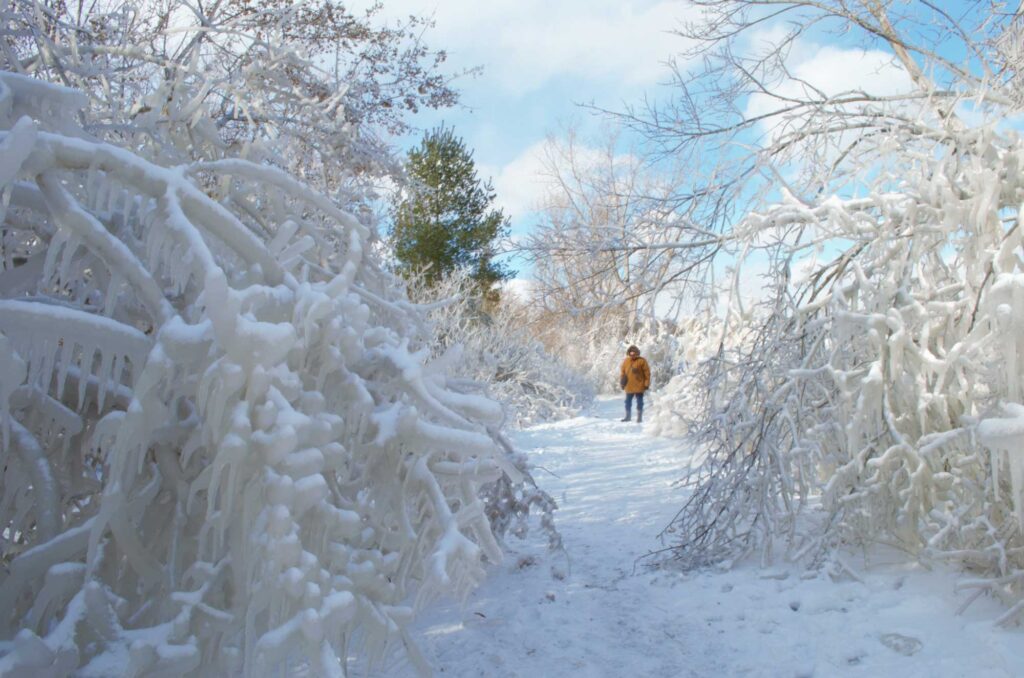Warming, not increasing cold, is of greatest concern
Although cold snaps have impacts on our activities during their occurrence, the overall warming conditions in Canada are generally of more concern. Warming temperatures, particularly in winter in northern Canada, are already having impacts.11
- The length of the snow cover season is decreasing, with later onset in the fall and earlier spring melt.
- Perennial sea ice is being replaced by thinner seasonal sea ice.
- The duration of seasonal lake ice cover is declining, with earlier spring break-up and later freeze-up in the fall.
- Permafrost temperatures and the thickness of the active layer are increasing.
All of these changes are impacting northern communities in particular – and projections indicate continued warming into the future. Food security for many Indigenous and rural residents is threatened through problems accessing traditional hunting grounds (changing sea ice conditions), a shortened winter road season limiting the time available to bring in supplies overland and also changes to the range of some food species (both marine and on land). Thawing permafrost is causing damage to buildings and other infrastructure; increased variability of ice cover on lakes has made overland travel more hazardous and loss of coastal sea ice has resulted in increased wave action and coastal erosion, which threatens some coastal communities.12


